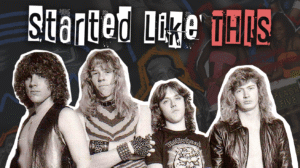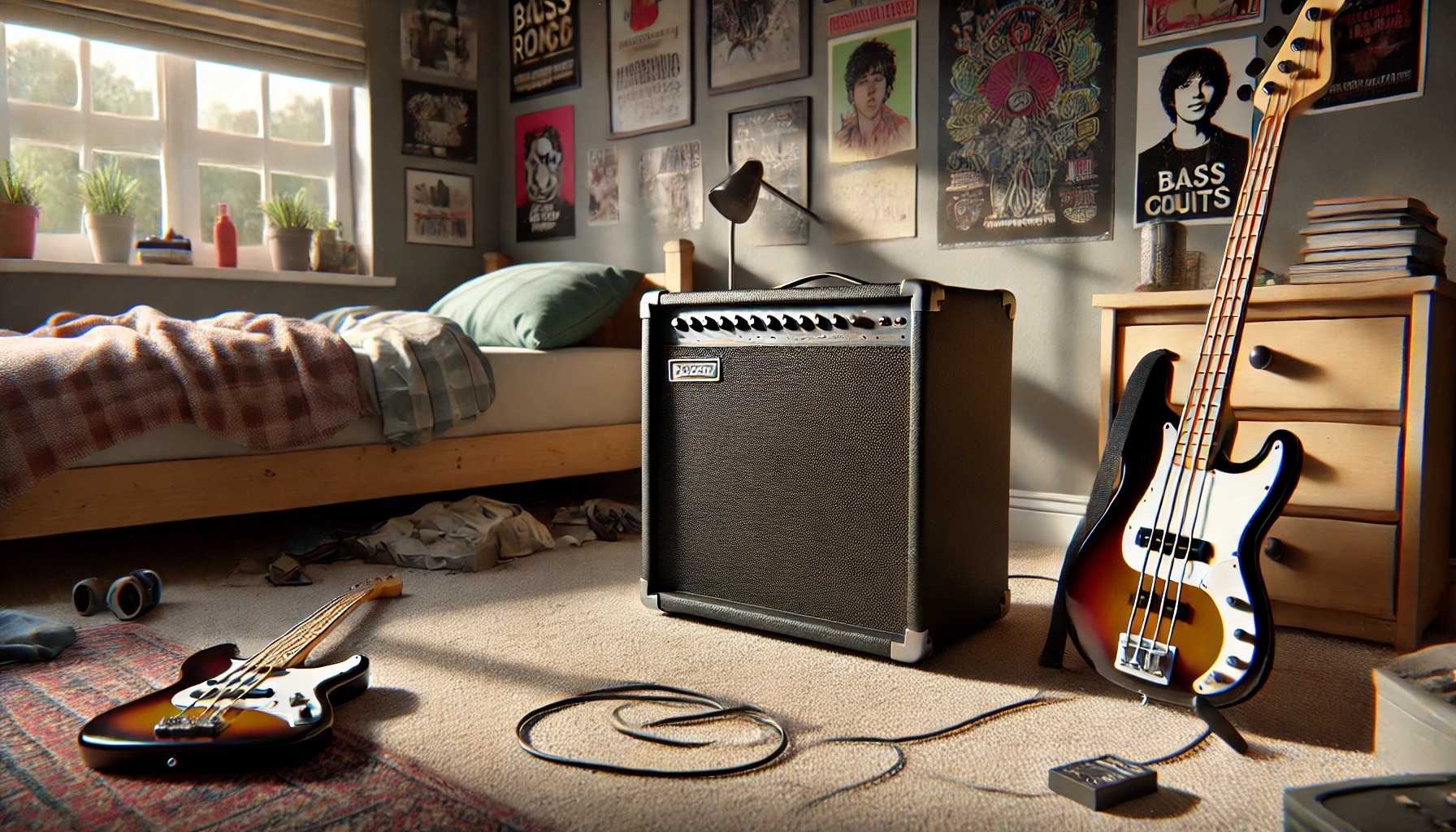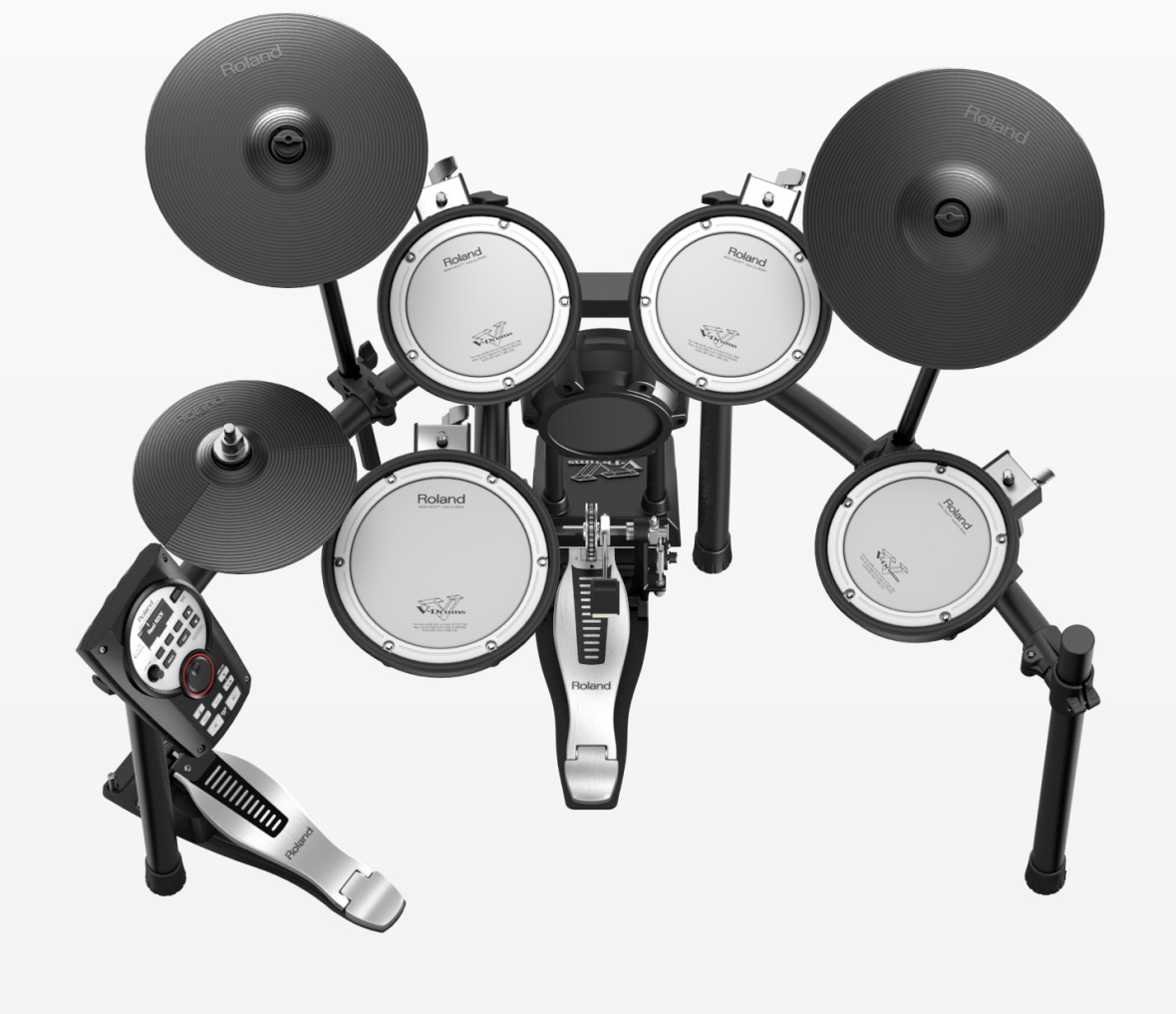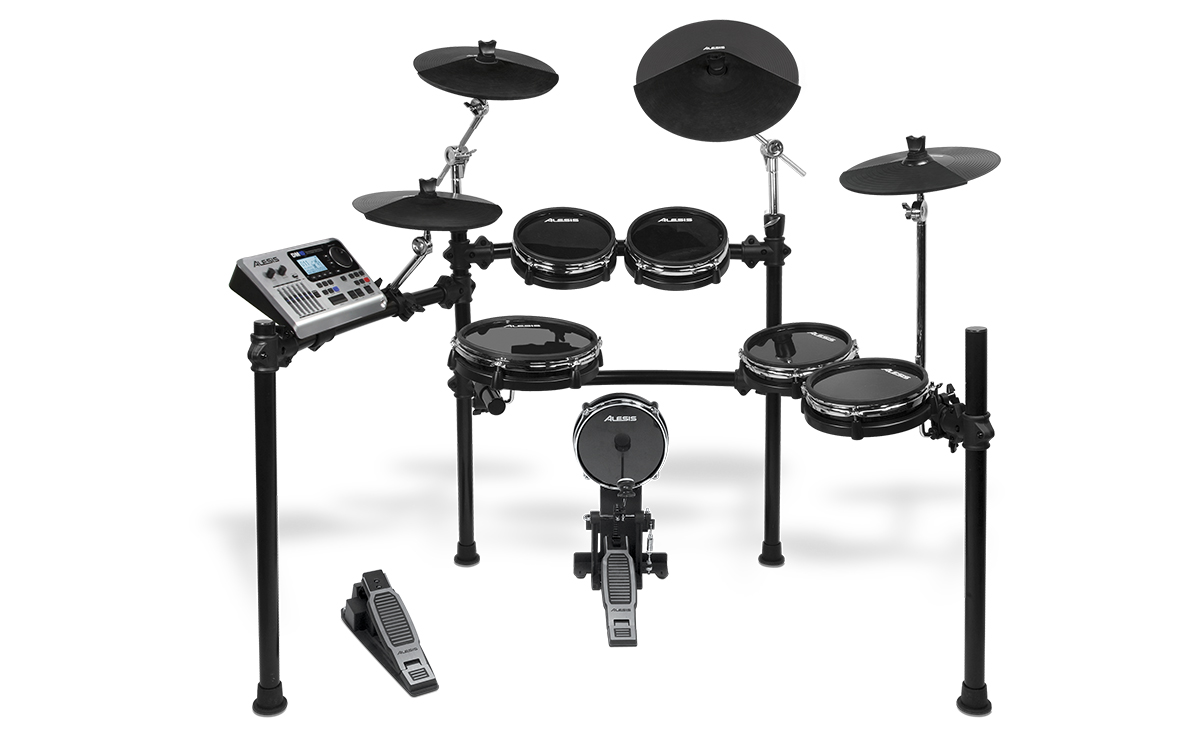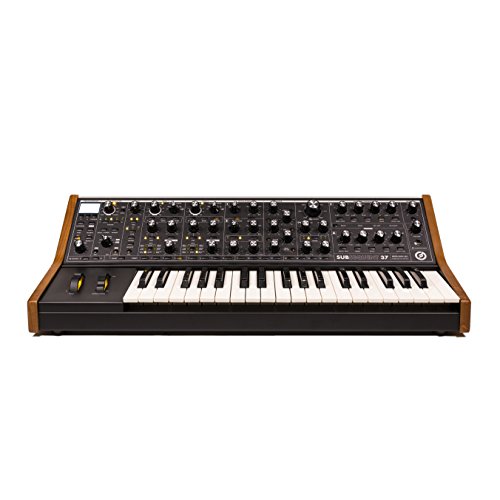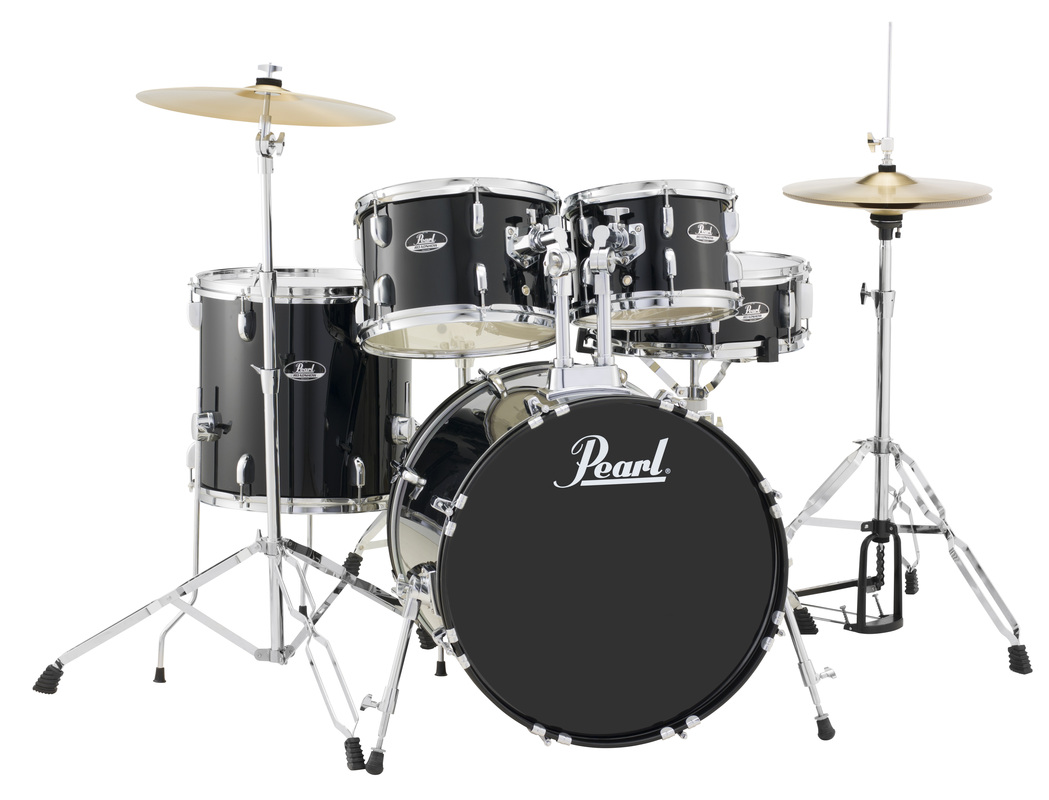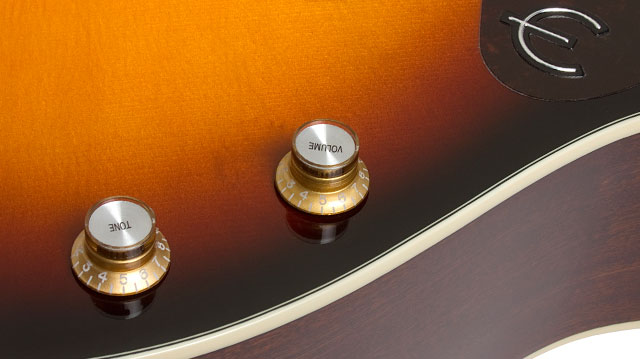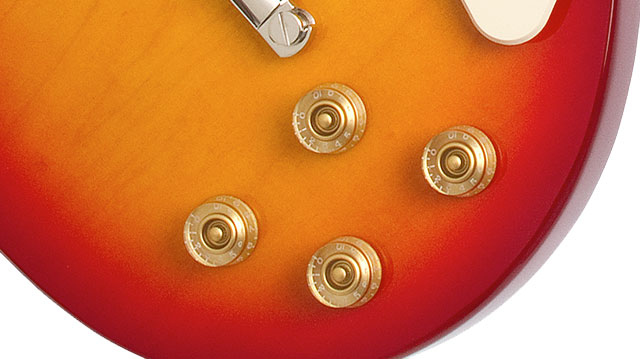
The history of rock music has a massive blind spot. While casual fans can name every Beatles album, they’ve missed the revolutionary sounds of bands like Spirit and Cactus. These forgotten innovators solved rock’s biggest challenges, from bringing classical sophistication to power pop to pioneering new recording techniques for high-volume bands. Their achievements in studios from Electric Lady to Sunset Sound created the blueprint for modern rock production.
It’s time to shine a spotlight on twenty bands that changed rock music forever.
20. Starz

If you wanted theatrical hard rock in 1975, Starz delivered it straight from New Jersey’s vibrant music scene. Lead vocalist Michael Lee Smith and guitarist Richie Ranno forged a sound that caught the attention of Kiss manager Bill Aucoin – imagine Kiss meeting Queen at a Garden State dive bar. Between 1976 and 1979, the band released four major-label albums and toured extensively with rock’s biggest names. Their innovative stage production techniques at New York’s Academy of Music established new standards for theatrical rock performance.
19. Looking Glass

The summer of 1972 transformed Looking Glass from local New Jersey favorites into national stars – and changed the way you’d think about port town romance forever. Their narrative songwriting approach yielded “Brandy (You’re a Fine Girl),” which spent 16 weeks on Billboard’s charts. Elliot Lurie’s memorable vocal delivery turned this tale of a maritime barmaid into an enduring radio classic. Their secret recording sessions at Advantage Sound Studios revolutionized the use of string arrangements in pop-rock production. Enjoying the nostalgia? Here are 20 iconic foods only kids from the 70s will remember.
18. The Raspberries

Cleveland’s music scene birthed power pop pioneers The Raspberries in 1970, and if you’ve ever wondered where guitar crunch met Beatles-worthy melodies, here’s your answer. Masterfully blending British Invasion harmonies with American muscle, the band crafted pristine pop productions that influenced decades of musicians. “Go All the Way” reached number five on Billboard’s Hot 100, establishing their signature sound. Eric Carmen’s soaring vocals and Wally Bryson’s guitar work at Cleveland Recording Company created the template for power pop that artists still reference today.
17. Dr Hook in the Medicine Show

Ever wonder what happens when a children’s poet writes rock songs? Shel Silverstein’s partnership with Dr. Hook created magic. Ray Sawyer’s eye patch and Dennis Locorriere’s versatile vocals brought theatrical flair to every performance, while their ability to switch between comedy and sincerity kept audiences guessing. Their debut single “Sylvia’s Mother” achieved number five on Billboard’s charts, followed by the satirical “The Cover of Rolling Stone.” The band’s legendary seven top 40 hits between 1972 and 1979 demonstrated their mastery of both humor and heart in rock music.
16. Poco

When Buffalo Springfield disbanded in 1968, Richie Furay and Jim Messina didn’t just start another band – they sparked a musical revolution. If you’ve ever wondered where country-rock began, look no further than Poco’s seamless blend of mountain harmonies and rock energy. Their remarkable seven-album run from 1969 to 1974 showcased increasingly sophisticated songwriting. Their innovative recording sessions at Sunset Sound captured a new genre being born, creating the blueprint for the California country-rock sound.
15. The Ozark Mountain Daredevils

Think you know Southern rock? The Ozark Mountain Daredevils added a whole new dimension from the heart of Missouri in 1973. Melding traditional Ozark music with contemporary rock arrangements, they created something entirely unique in American music. “Jackie Blue” reached number three on Billboard’s Hot 100 in 1974, proving authentic regional sound could resonate nationally. Their groundbreaking sessions at London’s Trident Studios brought American roots music to international audiences in unprecedented ways.
14. Ambrosia

In 1975, Ambrosia dared to ask what would happen if progressive rock met pop sensibility. The band’s debut introduced Los Angeles to orchestral rock arrangements that challenged everything listeners expected from radio. Between 1975 and 1980, they earned four Grammy nominations while pushing musical boundaries. Their experimental recording techniques at Mama Jo’s Studio established new standards for mixing classical instruments with rock arrangements.
13. Brownsville Station

Michigan’s raw rock scene produced Brownsville Station, whose high-energy performances made most bands sound tame by comparison. If you needed proof that straight-ahead rock still had new territory to explore, Cub Koda’s distinctive guitar style provided it. In 1973, their signature song “Smokin’ in the Boys Room” peaked at number three on Billboard’s Hot 100. The band’s legendary six-album run from 1969 to 1977 demonstrated how three musicians could sound like a full orchestra through innovative amp stacking techniques.
12. Pure Prairie League

Who knew that Norman Rockwell’s art would become the face of country-rock? Pure Prairie League’s sophisticated sound bridged Nashville tradition with rock innovation in ways no one expected. Craig Fuller’s warm vocals defined their early sound, particularly on “Amie,” which gained momentum after its 1973 release. The band recorded six consecutive albums between 1972 and 1978, showcasing their masterful harmonies. Their sessions at Earl Scruggs’ Studio B established new standards for integrating bluegrass instruments into rock production.
11. Firefall

Boulder, Colorado’s music scene burned bright when Firefall emerged in 1974 with a sound that would redefine soft rock. Think Eagles meet Fleetwood Mac, but with a Rocky Mountain twist. Their debut album achieving platinum status in 1976 proved sophisticated arrangements could still pack commercial punch. The band’s pioneering work at Criteria Studios in Miami created new techniques for layering acoustic instruments that engineers still study today.
10. Sugarloaf

If you lived in Denver in 1970, you witnessed the birth of organ-driven rock when Sugarloaf hit the scene. Jerry Corbetta’s distinctive keyboard work proved the organ could be more than just background texture. Their innovative sound produced two massive hits: “Green-Eyed Lady” reached number three in 1970, while “Don’t Call Us, We’ll Call You” hit number nine in 1974. Their experimental use of synthesizers and telephone sounds at Caribou Ranch Studio created new possibilities for electronic instruments in rock music.
9. Orleans

The Woodstock scene wasn’t just about festival folklore – just ask Orleans, who brought sophisticated pop to upstate New York in 1972. John Hall’s environmental activism and the band’s Caribbean-influenced rhythms created a unique musical signature that captured both hearts and minds. Their masterful harmonies drove three Billboard top 20 hits between 1975 and 1976. The band’s innovative recording techniques at Electric Lady Studios demonstrated how rock could embrace both social consciousness and danceable grooves.
8. Seals and Crofts

Ever wonder who brought the mandolin into mainstream rock? In 1969, Jim Seals and Dash Crofts left the Champs to create something entirely new. Their thoughtful integration of Bahá’í spiritual themes with rock arrangements proved popular music could have both depth and commercial appeal. The duo achieved five consecutive Gold albums between 1972 and 1976, mastering the art of spiritual themes in pop music. Their innovative recording methods at Sunset Sound created the template for acoustic-based soft rock production.
7. Wet Willie

When Southern rock met R&B, Wet Willie was born, bringing fresh funk to a guitar-heavy genre. Mobile, Alabama’s contribution to the scene showed everyone that Southern rock could groove as hard as it could soar. Their breakthrough single “Keep On Smilin’” reached number 10 on Billboard’s Hot 100 in 1974. Their legendary Tuesday night sessions at Muscle Shoals Sound Studio created a new fusion of Southern rock and soul that influenced generations of musicians.
6. Spirit

Before progressive rock had a name, Spirit was already pushing its boundaries in Los Angeles. Randy California’s innovative guitar techniques and Ed Cassidy’s jazz drumming created soundscapes that made other psychedelic bands sound conventional. Their evolution from 1968 through 1975 produced increasingly complex compositions. Their groundbreaking recording sessions at Western Recorders established new standards for incorporating jazz elements into rock arrangements.
5. Stories

Want to know what happens when classical training meets power pop? Stories answered that question in 1972. Former Left Banke prodigy Michael Brown brought orchestral sophistication to their rock foundation, creating something entirely new in American music. Their cover of “Brother Louie” achieved number one status in 1973, selling over one million copies. Their innovative use of the Mellotron at Media Sound Studios revolutionized how classical instruments were integrated into rock arrangements.
4. Head East

Looking for the sound of Midwest rock perfection? Head East captured it straight from the St. Louis club scene in 1969. Their signature song “Never Been Any Reason” dominated FM radio in 1975, demonstrating how regional bands could create arena-ready anthems. The band released five studio albums between 1974 and 1978, each polished to perfection. Their pioneering work at A&M Studios established new standards for multi-track vocal recording that influenced countless rock productions.
3. Grinderswitch

When Macon’s music scene was cooking in 1972, Grinderswitch served up the purest blues-rock Georgia had to offer. Former Allman Brothers roadie Dru Lombar brought authentic Southern rock credentials to every performance. The band recorded four albums between 1974 and 1977 at Capricorn Sound Studios. Their legendary late-night sessions at Grant’s Lounge created the template for modern Southern blues-rock fusion. If you’re even more curious about the kind of songs that ruled their time, we’ve got you covered with our roundup of 70 songs that defined music in the 70s.
2. Quicksilver Messenger Service

Think you know psychedelic rock? Quicksilver Messenger Service took San Francisco’s sound to unexplored territories. John Cipollina and Gary Duncan’s interweaving guitar work created sonic landscapes that defined the genre. Their 1969 album “Happy Trails” reached number 27 on Billboard’s album charts. Their historic performances at the Fillmore Auditorium established new possibilities for rock improvisation, stretching single songs into 45-minute journeys.
1. Cactus

Want to hear where heavy metal meets blues? Cactus bridged that gap in 1969. Former Vanilla Fudge rhythm section Tim Bogert and Carmine Appice joined forces with Detroit vocalist Rusty Day and guitarist Jim McCarty to create rock’s heaviest sound. Their three albums between 1970 and 1972 pushed studio technology to its absolute limits. Their sessions at Electric Lady Studios forced engineers to develop new microphone techniques that became industry standards for recording high-volume bands.






